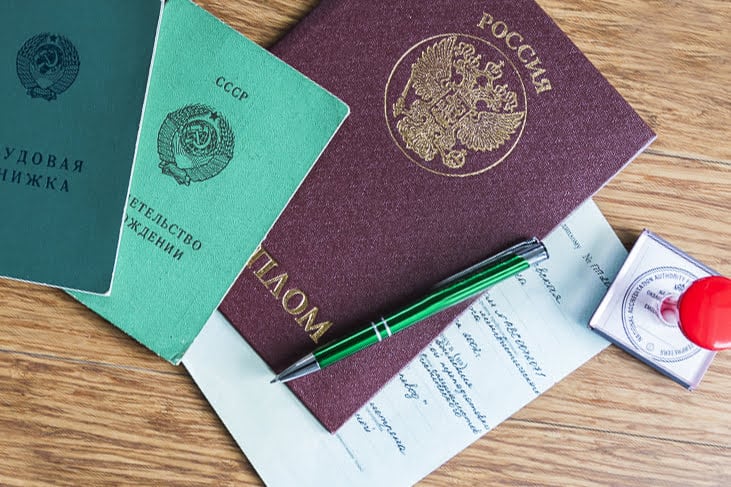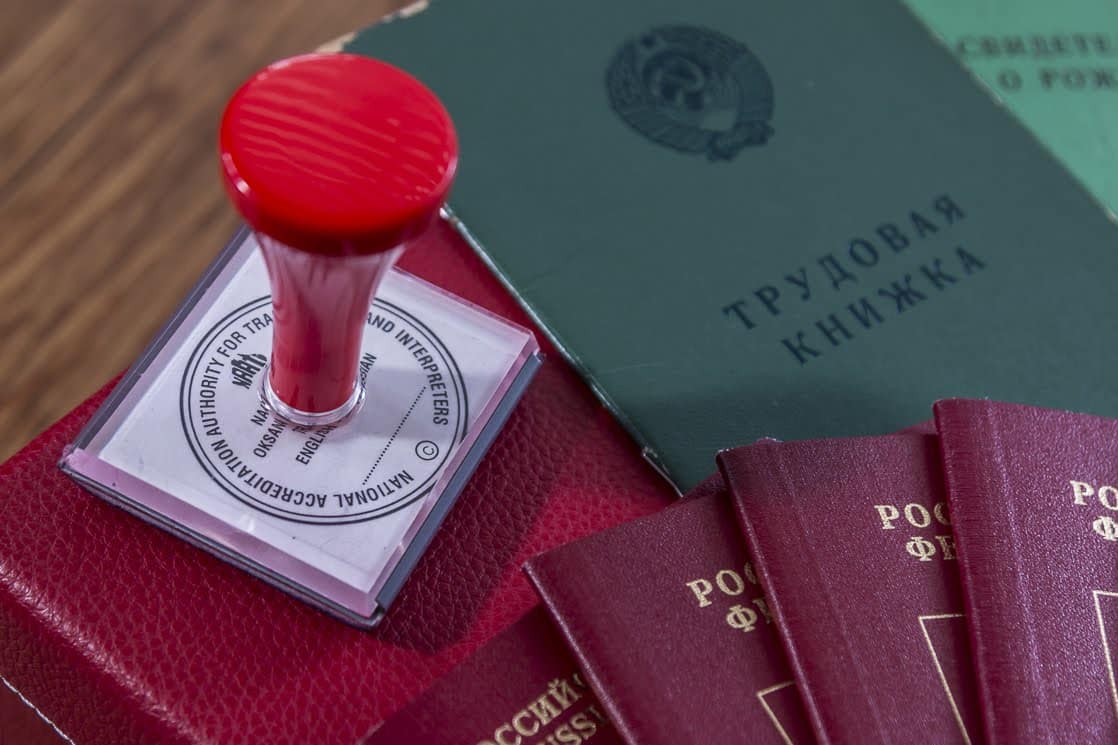Language is a fascinating thing that not only facilitates communication but also holds within it a rich tapestry of cultural nuances and identity. When translating names of people, places, and countries, language professionals tread on delicate ground, where accuracy and cultural sensitivity intertwine.
As a member of the Australian Institute of Interpreters and Translators Inc. (AUSIT), RTS Australia’s professional translators and interpreters adhere to its guidelines and practices when translating official and legal documents.
We understand the complexities that come with preserving authenticity while ensuring clarity. Transliteration and transcription play crucial roles in bridging the gap between languages while respecting the authenticity and significance of names, titles, places, and countries.
Translating Names and Titles
When it comes to people’s names and titles that are an integral part of their identity (e.g., “van” or “von”), a golden rule emerges: never translate them. As per AUSIT’s guidelines, these should be replicated in their original form, including diacritic marks.
In certain cases, like Arabic titles such as “Prince” or “King,” translation might be considered if an equivalent exists in the target language and context permits. If alternative spellings without diacritics are relevant, they can be explained via a translator’s note.
The masculine nominative form of a surname may be necessary in some languages (e.g. Slavonic).
Whenever the distinction between first names and surnames is not obvious, block letters can be used for surnames, or footnotes can provide clarification.
In the case of a person’s birth, marriage, death certificate, passport or driver’s licence issued by Australian regulatory authorities containing an existing transliteration or transcription of his or her name, this should be used in the translation. In the case of other official Australian documents, the name as given in these documents may be used, but a note should be included.
Transliteration of the name of the individual comes in when if he or she is unable to produce any of such documents mentioned above.
Navigating Foreign Scripts
When handling non-Latin scripts, certain guidelines come into play:
● If a person can provide official Australian documents with an existing transliteration or transcription, that should take precedence.
● If no such documents are available, transliteration should closely align with the standards set by the International Standardisation Organisation (ISO). The ISO guidelines are available on their website.
● For scripts where transliteration is not feasible (such as Arabic), transcription based on pronunciation and English phonetics is the way forward.
● Chinese names demand particular attention. The translator must verify the client’s origin and preferred translation, relying on the Hanyu-Pinyin system if necessary. Formerly common spellings can be included for clarification.
Transliteration is like a delicate dance between languages, where the goal is to represent the sounds of a word in one language using the characters of another, without altering its original pronunciation.
This technique is crucial when dealing with languages that use different scripts, such as translating a Chinese name into English or vice versa.
Imagine you have a Chinese name “李明” (Lǐ Míng) that needs to be translated into English. Instead of attempting a direct translation, transliteration would strive to capture the phonetic elements of the original name.
In this case, “李明” might become “Li Ming” in English, preserving the sound while accommodating the Latin script.
Transliteration involves a deep understanding of phonetics and phonology, requiring the translator to be aware of the nuances in pronunciation across languages. This practice ensures that even though the spelling might differ, the name remains recognizable and true to its origins.
Transcription, on the other hand, involves representing the spoken sounds of a name using the characters of a different script. It is particularly useful when the sounds in the source language do not have a direct counterpart in the target language. For instance, the German name “Müller” might be transcribed as “Myuller” to help English speakers pronounce it more accurately.
In some cases, transcription might also involve simplifying complex sounds for ease of pronunciation. This practice ensures that the essence of the name’s sound is preserved while making it accessible to speakers of the target language.
Places and Countries: Mapping the Path
Translating names of countries, places, and geographical references into English demands a different approach.
Generally, foreign spellings should be retained. English designations are suitable only if they are widely recognized.
To ensure accuracy, we recommend consulting the Department of Foreign Affairs and Trade website, the United Nations’ geographical names list, or other credible online sources.
Changes in names should be acknowledged through notes.
If translating into a foreign language, the same principles apply, ensuring consistency across translations. The original terms should remain untouched, avoiding unnecessary changes for linguistic harmony.
Conclusion
In summary, the journey of translating names is an intricate one, guided by precision, sensitivity, and adherence to internationally recognized standards. Professional translators should possess not only linguistic prowess but also cultural understanding.
As language professionals, our responsibility lies in ensuring that names, whether of people, places, or countries, are translated with the utmost care, accuracy, and cultural sensitivity. As a NAATI Certified service provider of translations between Russian & English and guided by the best practices and guidelines set by AUSIT, RTS Australia embraces these principles as we continue to contribute to fostering cross-cultural understanding and appreciation in our highly globalised world.
#translationservices #naatirussiantranslator #russiandocumenttranslation #naaticertifiedrusiantranslator










